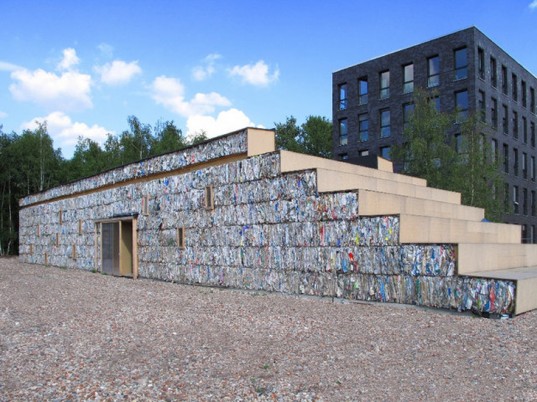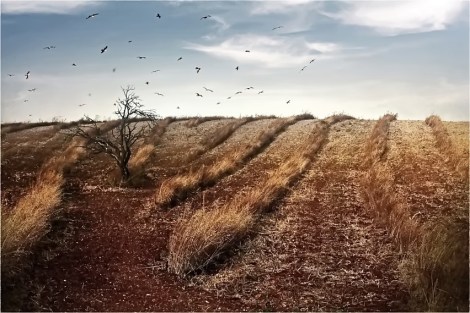It is the best of times and the worst of times for rural America. On the one hand, they’re the only ones among us who’ve been getting richer lately. Thanks, fracking!
The nation’s oil and gas boom is driving up income so fast in a few hundred small towns and rural areas that it’s shifting prosperity to the nation’s heartland, a USA TODAY analysis of government data shows. …
Inflation-adjusted income is up 3.8% per person since 2007 for the 51 million in small cities, towns and rural areas.
The energy boom and strong farm prices have reversed, at least temporarily, a long-term trend of money flowing to cities. Last year, small places saw a 3% growth in income per person vs. 1.8% in urban areas.
Small-town prosperity is most noticeable in North Dakota, now the nation’s No. 2 oil-producing state. Six of the top 10 counties are above the state’s Bakken oil field.
“Give us a little shale, and we’ll show some pretty good income growth, too,” says Bill Connors, president of the Boise Metro Chamber of Commerce in Idaho.
Connors’ comment leads us to the other hand: Rural areas without energy reserves are suffering. Across the country, poverty rates are higher in rural areas than in urban areas, according to the USDA. About half of rural counties have lost population over the last four years, and that’s led to a loss of political clout as well. According to the Associated Press and TV news exit polls, rural voters accounted for only 14 percent of the Nov. 6 electorate (and more than 60 percent of them went for Mitt Romney).
Agriculture Secretary Tom Vilsack, formerly the Democratic governor of Iowa, told a Farm Journal forum last week that rural America is “becoming less and less relevant.” From the Associated Press:
He said rural America’s biggest assets — the food supply, recreational areas and energy, for example — can be overlooked by people elsewhere as the U.S. population shifts more to cities, their suburbs and exurbs.
“Why is it that we don’t have a farm bill?” said Vilsack. “It isn’t just the differences of policy. It’s the fact that rural America with a shrinking population is becoming less and less relevant to the politics of this country, and we had better recognize that and we better begin to reverse it.”
For the first time in recent memory, farm-state lawmakers were not able to push a farm bill through Congress in an election year, evidence of lost clout in farm states …
“We need a proactive message, not a reactive message,” Vilsack said. “How are you going to encourage young people to want to be involved in rural America or farming if you don’t have a proactive message? Because you are competing against the world now.”
That’s right, farmers: You’re not feeding America, you’re competing against the world!
Vilsack, who has made the revitalization of rural America a priority, encouraged farmers to embrace new kinds of markets, work to promote global exports and replace a “preservation mindset with a growth mindset.”
If you play Vilsack’s speech backwards, it’s actually just a low drone of, “Corn, soy, corn, soy, corn, corn, corn, soyyy.” Great for parties.




